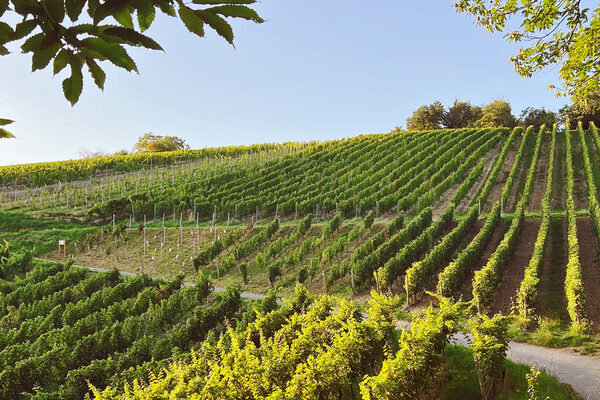Schierstein in transition
The history of Schierstein can be traced back to early times.
Origins and early development
Schierstein has a long history dating back to the Stone Age. Finds from the Roman period provide evidence of early settlement. The Jupiter Giant Column in particular stands out as a remarkable relic. Today, it stands on the promenade as an impressive testimony to the past.
Twelfth to 18th century
In the twelfth century, Schierstein came under the rule of the Counts of Nassau. The Bleidenstadt monastery had a great influence on the region until the 18th century. After the Reformation in 1547, most of the population converted to Protestantism. A decline set in during the 17th century due to military conflicts, but Schierstein recovered in the 18th century and grew to over 600 inhabitants.
19th century: Industrialization and infrastructure
Schierstein picked up speed in the 19th century with the establishment of its port. This was initially used for timber rafting and fishing. In 1917, the town was connected to the railroad network, which accelerated industrialization. At the same time, the introduction of gas supply and a sewage treatment plant contributed to modernization. In 1926, Schierstein finally became a district of Wiesbaden and the population grew to around 5,000.
20th century: War and reconstruction
During the Nazi era, Schierstein's Jewish citizens were persecuted. The synagogue was destroyed in 1938 during the so-called Reichskristallnacht. After the Second World War, the town concentrated on reconstruction, with a focus on building housing for refugees and displaced persons. Development continued in the 1950s and 1960s, with residential and industrial areas increasingly merging, making Schierstein a sought-after place to live.
New housing, commerce and industry
After the war, the creation of new housing in Schierstein was one of the central tasks. Modern large housing estates with lots of green space made the district particularly attractive for families. In addition to the establishment of new commercial enterprises, traditional companies such as the Söhnlein sparkling wine cellars and Glyco-Metallwerke remained important. Agriculture and viticulture continued to shape the image of Schierstein.
Harbor and leisure
Schierstein is known for its harbor, which not only serves as a port of call for boat trips and regattas, but also as a center for the German Life Saving Association (DLRG) and as a natural paradise around the adjacent nature reserves. The Dyckerhoff Bridge and the cycle paths along the Rhine make the town even more attractive for day-trippers. The annual harbor festival, a highlight for Wiesbaden and beyond, attracts thousands of visitors.
Historical highlight
There is a relic from Roman times on the Schierstein riverside promenade: the Column of Jupiter the Giant. This monumental column, dating back to 221 AD, is a unique testimony to Roman architecture and mythology.
